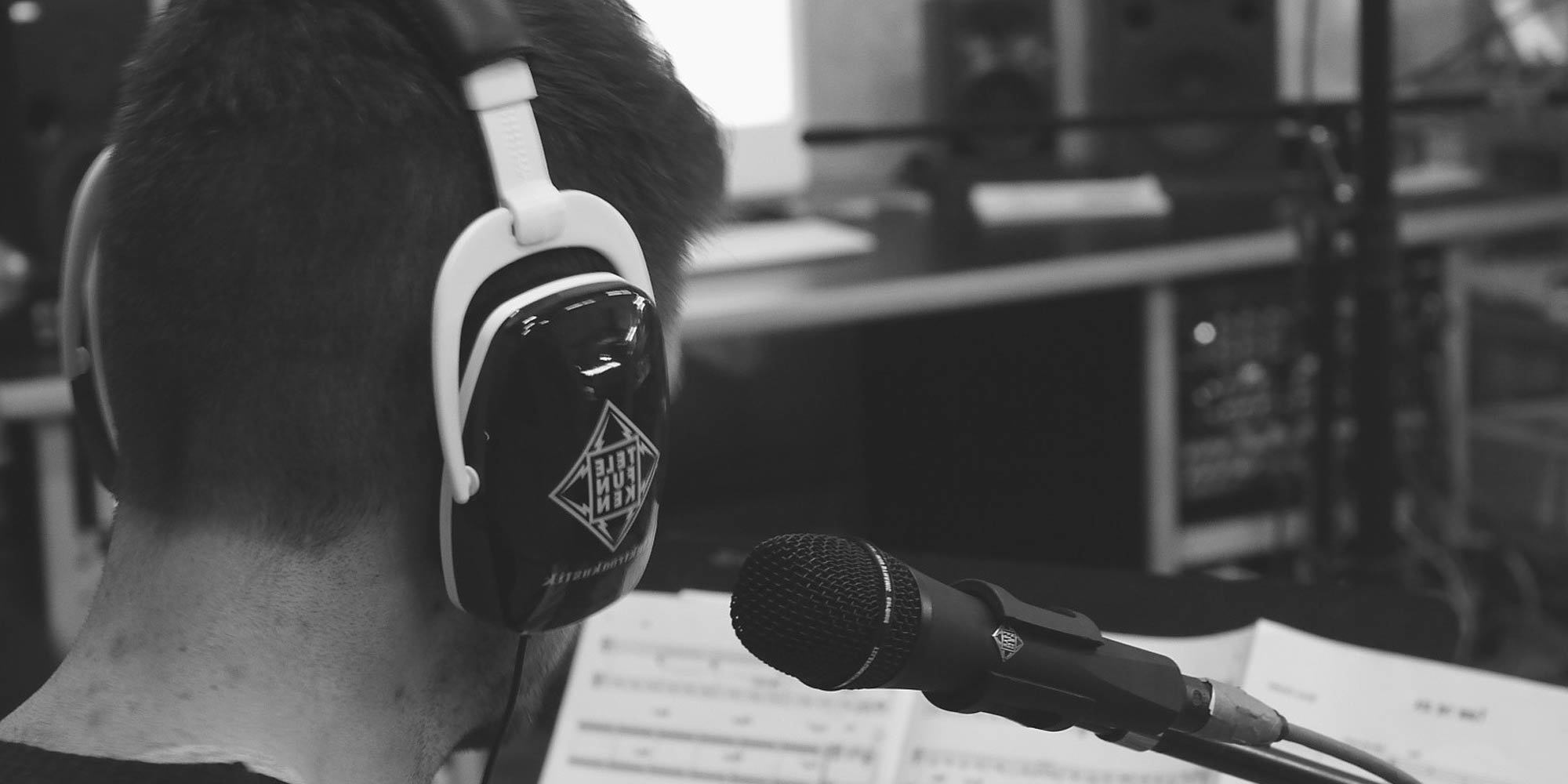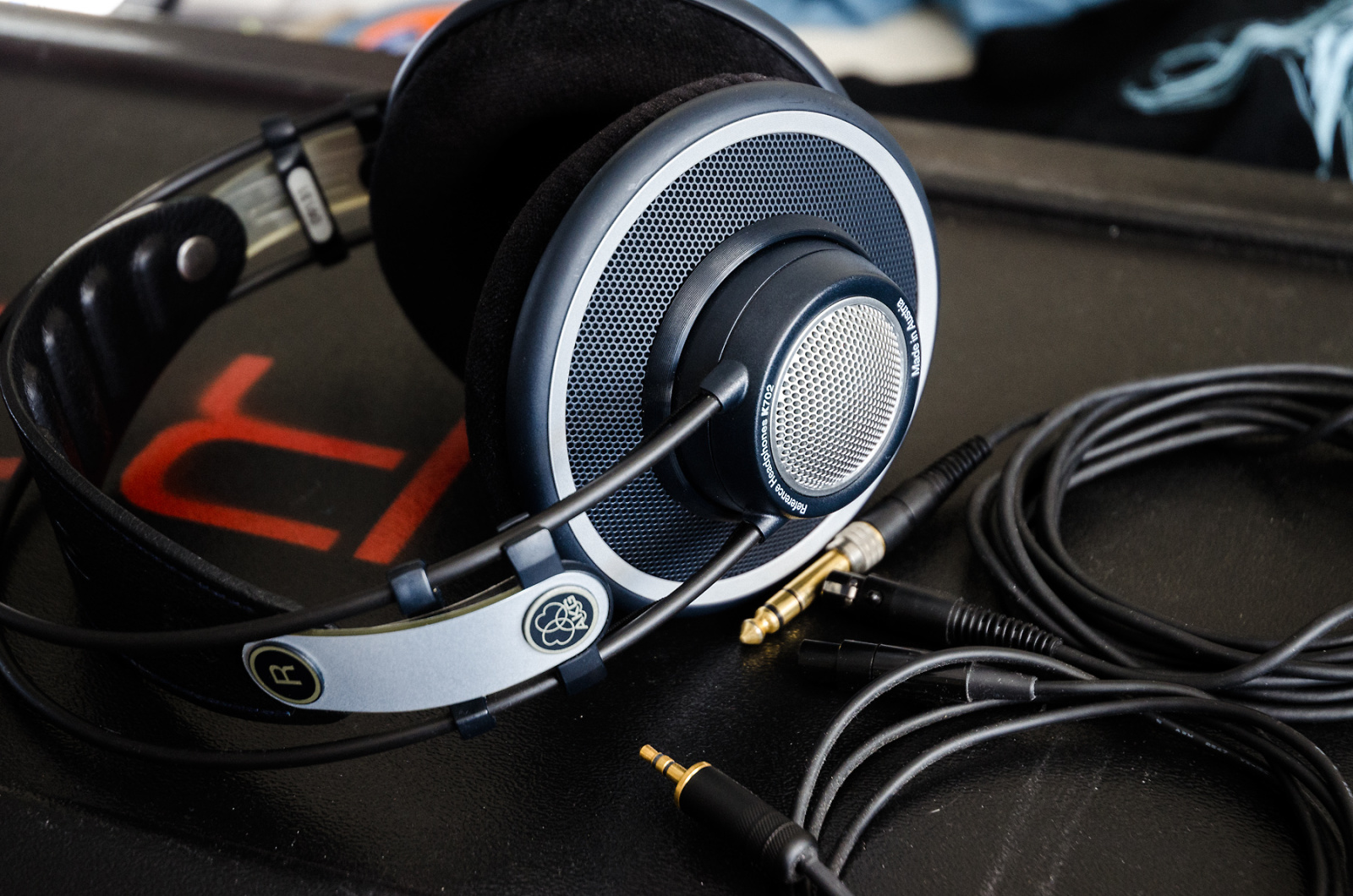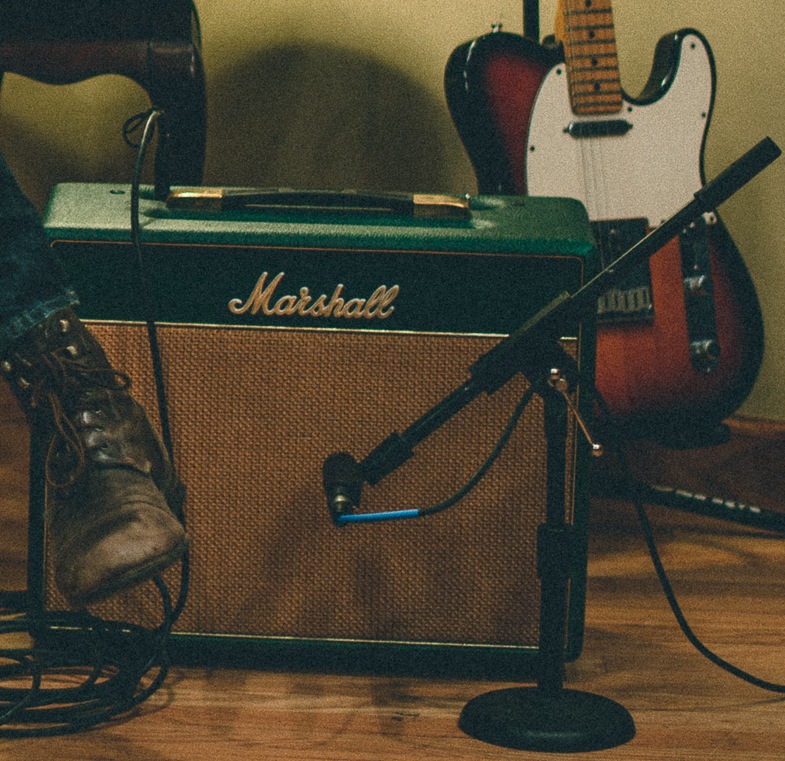
Quickly: What’s the most valuable tool in your studio arsenal? Your ’76 Gold Top Les Paul? Your ’66 Fender Deluxe Reverb? A Binson Echorec? A Neumann U87? A rack of four API mic pres? Of course you know!
It’s your ears.
Think about it: If you spend thousands of dollars on studio gear to make great recordings, it’s self-defeating not to spend a few hundred dollars — and develop healthy habits along the way — to make sure your ears serve you well for decades to come.
Here I’ll share five rules I live by to protect my hearing. I only wish I’d started sooner, as I suffered slight hearing loss after years of constant club gigs. Let’s face it: Turning your Marshall up to 10 (or 11) sounds terrific. Then again, constant tinnitus in your noggin sounds terrible.
1. Don’t sign up for regular live sound stints at a loud club — ever.
I might get some flak for this one, but I don’t care…though I do care about your hearing. I’m not talking about more laid-back gigs at a larger venue or an acoustic gem such as the Maurer Concert Hall at Chicago’s Old Town School of Folk Music. I mean the regular grind of doing sound five days a week at a club where the temptation to crank the volume from the soundboard looms ever present. Every “lord of the board” I’ve ever met who’s done live club sound for years has turned into a “head of the hard of hearing,” often without realizing it. Doing live sound is hazardous for those who want to preserve their ears to produce the best studio recordings possible.
2. Invest in superior hearing protection.
Ignorance of hearing loss is not bliss. Catch it before it’s too late.
There’s nothing wrong with rocking out in the crowd at a club show or arena concert. But let’s evaluate the ear budding options. Wadded up napkins suck. Foam earplugs are marginally better, but muffle the sound to the point where you’re better off standing outside the venue. I use custom-made ear molds with noise dampening filters, and I can’t praise them enough. The filters come in various strengths; I use ER-15s and ER-25s, which drop the volume 15 or 25dB respectively, but keep the audio crisp and clean. These fit into my custom ear molds. They make them by injecting putty into your ear canals, then forming the impression into rubber plugs that fit nice and snug. You can get these at places such as Sensaphonics in Chicago through an appointment. Or, ask a local audiologist to make your impressions and send them off for manufacture. Just take care not to lose the molds and filters. It will set you back a few hundred dollars to replace them. Meanwhile, take a hearing test from your audiologist of choice. Ignorance of hearing loss is not bliss. Catch it before it’s too late.
3. Get the right studio headphones (and don’t spend too much time on them).

Cheap headphones are like cheap studio monitors: They force your ears to work harder even as you wrestle with crappy fidelity. In the world of open-back versus closed-back, I prefer open-back headphones because, as the name implies, they sound more airy and less boxy. They’re at a disadvantage in loud environments, but in a quiet studio setting that shouldn’t be an issue. More headphone rules of thumb (or ear, if you like):
- Monitor at lower volumes, as you’ll set up mixes more accurately.
- Take ear breaks as you need them.
- Avoid ear buds and other direct-injection earphones for recreational listening, especially in loud environments such as commuter trains.
The American Osteopathic Association recommends no more than 60 minutes a day on ear buds, and at 60 percent volume. Crank the iPod up to full blast (120 dB) and you can lose hearing in as little as 75 minutes. The AOA adds that 1 in 5 teens have hearing loss. That’s 30 percent higher than in the 1980s and 1990s.
4. Practice smart ear hygiene and nutrition.
Cocaine dramatically increases the chances of a shrill mix. Proper sleep and exercise, by contrast, increase healthy blood flow to the brain and the ears. If you’ve gone years without flushing the wax out of your ears, now’s the time. Changes in diet and adding supplements will help as well. Ear-lovin’ antioxidants (vitamins C and E) are multiplied in efficiency when teamed up with alpha lipoic acid and glutathione. An increase in fatty acids via fish oils, helped along by Coenzyme Q10, can also have beneficial results.
Sounds too technical? OK, then. Ask yourself why you can debate the sonic virtues of your next plug-in purchase for hours. The science behind your DAW or guitar amp pales in importance to the science behind optimizing and protecting the human ear.
5. Use smaller amps to get the job done.

The renaissance in small amps is good news for hearing-conscious engineers and producers. A Marshall Class 5, Ampeg Jet, Trace Elliot Velocette or Fender Hot Rod Blues Junior will get amazing sounds and sweet tube breakup at ear-friendly volumes. There’s no tonal compromise when you use fun mic techniques (I like one mic 15-20 feet out front, along with a close mic), or pair them in A+B fashion. My personal favorite small amp is a solid state 1960s Vox Pathfinder. This practice amp actually sounds better than its tube counterpart. And it’s often fitting, never ear-splitting.
There are many more items I could add to this list, and I’d love to “hear” your suggestions. Some practices I’ve learned the hard-of-hearing way. Like: Ask the drummer not to crack the snare while you’re setting up a mic underneath it. Or: Stop sticking your head up against a bass amp grille to find the speaker’s sweet spot. Lately, I listen to jazz at low volumes during off hours, even though I record rock and folk. It seems to tune my ears to a different sonic palette — like cross training — and relaxes them the day after exposure to potentially harsh frequencies.
If we’re lucky, scientists researching brain malleability — though a discipline known as neuroplasticity — will discover a cure for tinnitus in the next decade. They’ve shown that the ringing tone really isn’t in the ears: It’s in the brain. Tinnitus is actually an errant shift in the hearing apparatus that fails to shut off, so a cure is now thought possible.
In the meantime, let’s take care of our ears — you and me both — at least as well as that vintage guitar or prized tube mic…and, so the proverb goes, they will take care of us.
